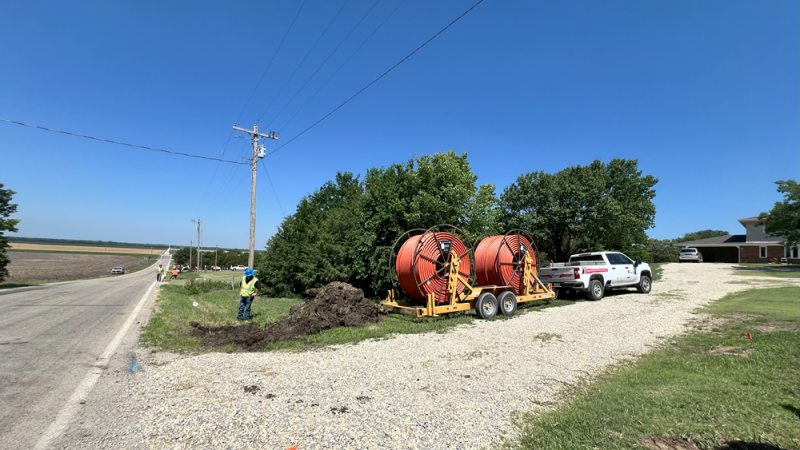For the average private citizen in the UK, the biggest and most valuable asset they will ever own is invariably property.
Whether the family home or a patch of land, property is an extremely common way in which we invest or grow money, no matter how intentional. Indeed, property represents one of the safest investments one can make – but this does not render property investment without risk. If you are interested in acquiring a portfolio of properties, what can you do to protect your investment?
Creating a Limited Company
One of the more common ways in which owners of multiple properties – particularly landlords and rental businesses – seek to protect their investment is through the incorporation of a limited company to ringfence said properties. More specifically, investors will use an SPV (Special Purpose Vehicle) to separate both costs and values relating to their property portfolio from aspects of their finances, be they business-related or personal.
While such manoeuvres are usually done to protect personal finances from issues relating to business finances, here the inverse can also be true; through an SPV, the value of your property portfolio is protected from any potential liability cases in other areas of your life.
Risk Management
Asset protection is not just about ensuring your properties are untouchable by external financial factors; it also speaks to long-term impacts, from market movements to inheritance and taxation. Buying property naturally means adopting risk, whether due to falling market values or the decimation of its value through poor planning.
Estate planning is an essential consideration for any property owner with a considerable portfolio if only to reduce the tax obligation of family members when it comes time for them to inherit your assets. Estate planners will consider some of the options listed here but will do so with specific regard to your circumstances – making them an invaluable asset of their own.
Using a Trust
Indeed, one of the primary methods by which an estate planner might protect your wider estate from Inheritance Tax liability is by placing your properties in a trust. Trusts are, in essence, independent vehicles that assume ownership of assets, and are assigned to trustees to manage accordingly. As well as being a controlled method of asset transfer, trusts can be used similarly to SPVs in protecting asset portfolios from costs incurred elsewhere.
Landlord Insurance
A large majority of property investors have the long-term goal of building a rental portfolio – which has its profit opportunities, but also its unique risks to consider. There are many ways in which a tenancy can ‘go south’, and your properties lose value in the process. You might encounter structural issues or renovations, resulting in loss of rent, or problem tenants might cause damage to the building and its contents.
An insurance policy is vital for protection against the potential costs these present. The relatively small regular cost is easily justified when an unexpected event threatens to both cost you money and devalue your asset.







